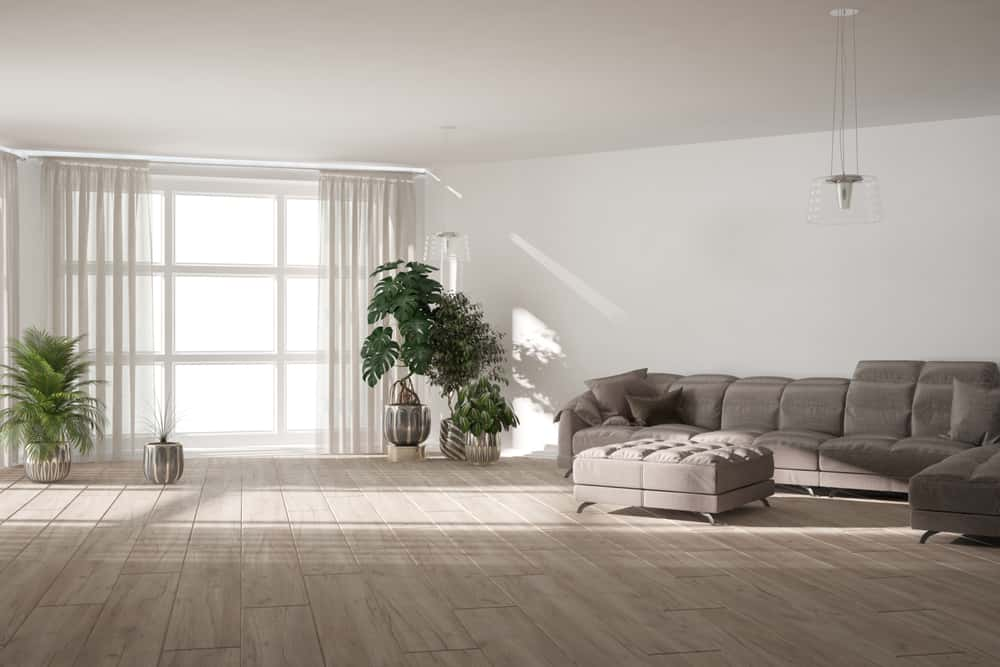Did you know that laminate can be used for more than just countertops in commercial spaces?
Laminate flooring is also a popular choice for kitchens and basements, with many styles of laminate to match your decor. Laminates can be found as tiles, planks, sheets, or even in the form of solid woods. So, consider your options if you’re looking for the best way to reinvent your space.
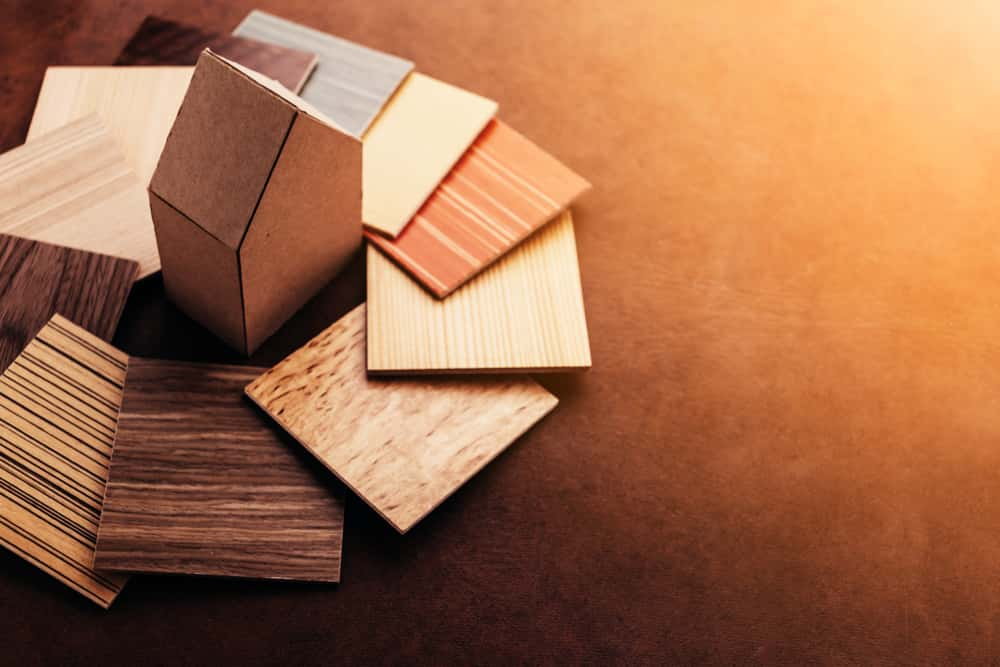
Laminates have developed a reputation as being nothing more than Formica on top of particle board. While laminate wood is one of the most affordable faux wood products available, it doesn’t have to be boring. Laminate can shine just as much as solid wood or tile flooring.
New technology and finishes are becoming popular, making this synthetic material more appealing for those wanting the allure of natural wood without worrying about environmental damage or the cost.
What Are Laminates Made of?
Laminate consists of three layers: a backing layer (usually melamine-coated particleboard), an engineered surface layer containing decorative elements such as grains or wood designs, and a top layer (or surface) known as the wear layer, which provides stain resistance to protect the decorative layer from damage caused by liquids or food spills.
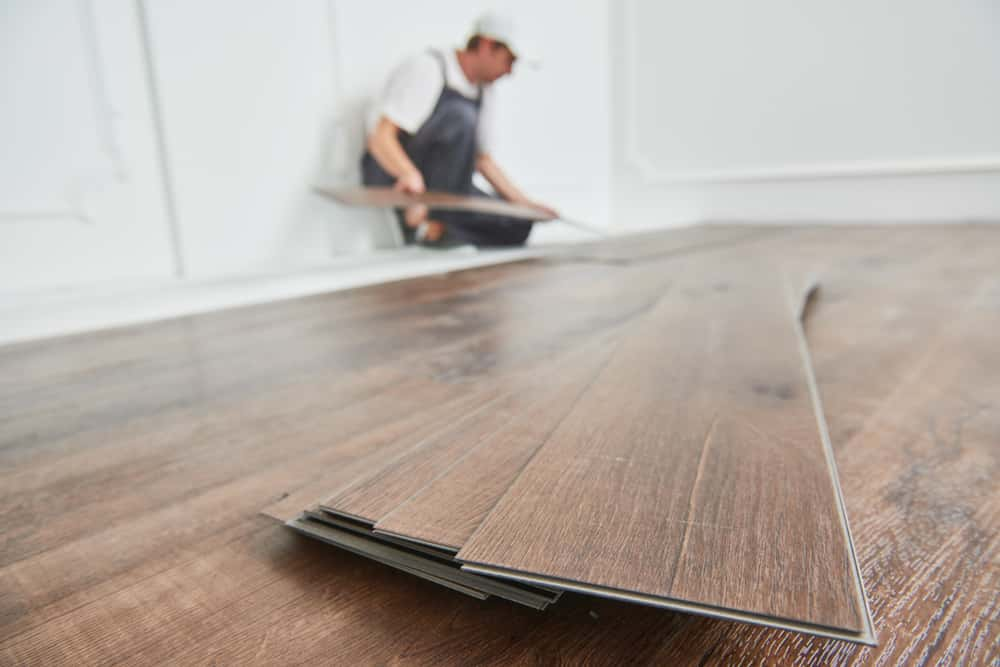
The layers are compressed under high pressure and heat until they bond together, forming one solid sheet of material with no joints or seams visible on its surface. The finish is applied over the entire surface once all layers have been set correctly. These materials are chosen specifically because they’re easy to work with and don’t require special tools or equipment when installing them as part of your home improvement project.
Laminate Sheets
Laminate is a type of finish applied to various materials, including wood and plastic. Laminate is often used on countertops, cabinets, floors and other surfaces where it can be challenging to maintain a good finish.
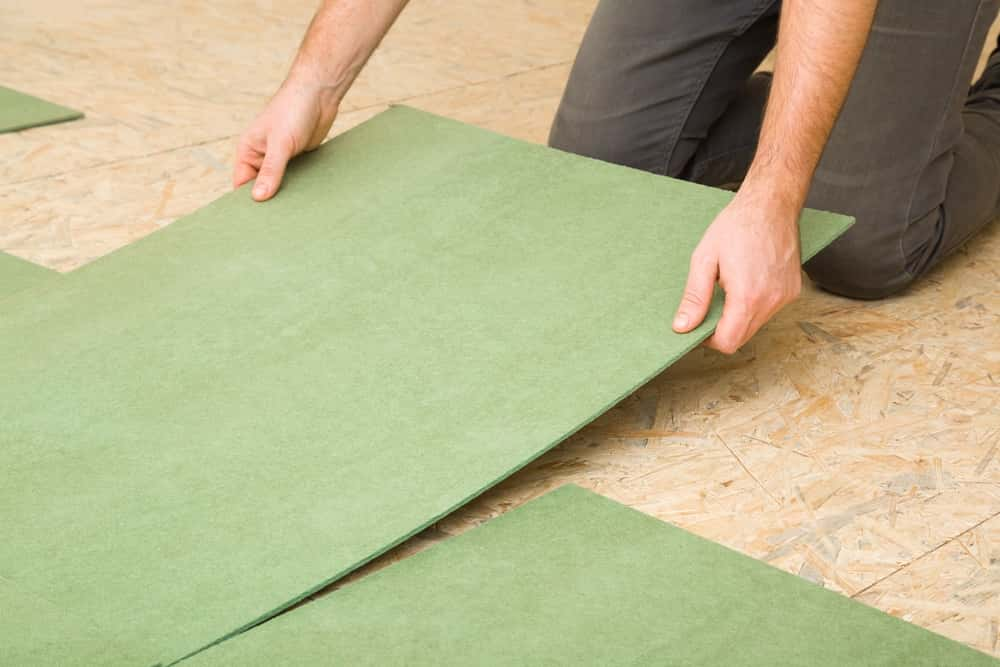
The basic structure of laminate comprises several layers of material, which are stacked together and glued together to form one sheet. The top layer is usually made from a high-quality paper or plastic material that gives the finished product its colour, pattern and texture. The bottom layer is generally made from melamine resin or hard plastic.
The middle layers comprise the main support structure for the laminate product. These layers may be made from plywood, particleboard or some other type of engineered wood product. They are glued together with laminate adhesive to hold them together while forming into sheets and then cut into smaller pieces for installation onto your project surface(s).
What Is Laminate Flooring?
Laminate is a type of flooring that has been around for quite some time. It’s also been used to cover everything from countertops to walls and floors. When laminate flooring was introduced, it was touted as “lighter than wood” because it didn’t add much weight to a structure. But now, many different laminates can be found in any colour or finish you would like.
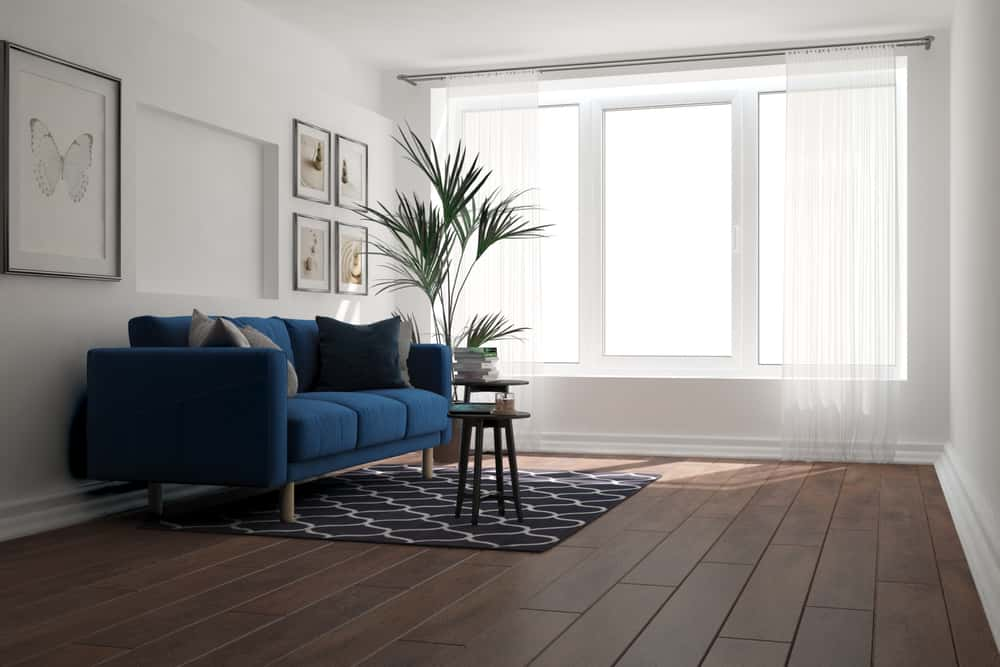
It is a common flooring choice for homes and offices throughout the world. This is because laminate is durable, easy to install and maintain, and comes in many styles, colours and finishes.
Laminate floors are made from layers of melamine or other synthetic materials fused under heat and pressure. These layers are then covered with a decorative surface that simulates natural wood, stone or tile.
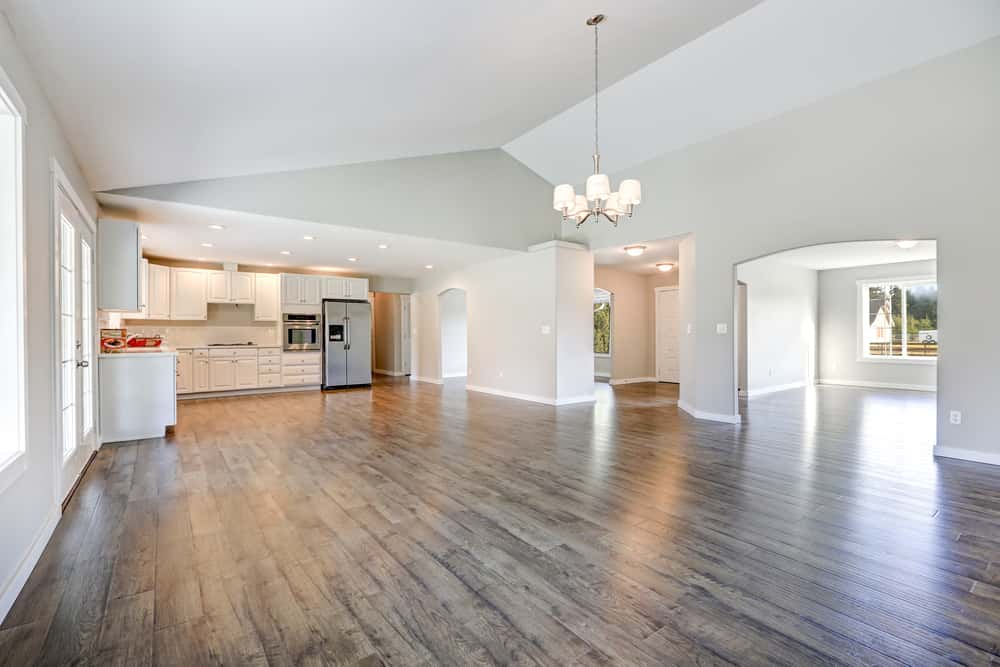
They comprise two layers pressed together; one layer is made of paper or plastic film, while the other layer is made of melamine resin bonded with decorative paper (or sometimes vinyl). Because laminate floors are durable and easy to clean, they are often used in homes with pets and children. They’re also popular because they come in so many colours and patterns that you can create just about any look you want in your home or office.
Installation of Laminate Flooring
The first step in installing new laminate flooring is removing all debris from the subfloor beneath it — this includes dirt and dust and any nails or staples left over from previous installations. Then comes installation: Each plank or tile must be tightly fitted together without any gaps between them; small holes can compromise the structural integrity of your new flooring.
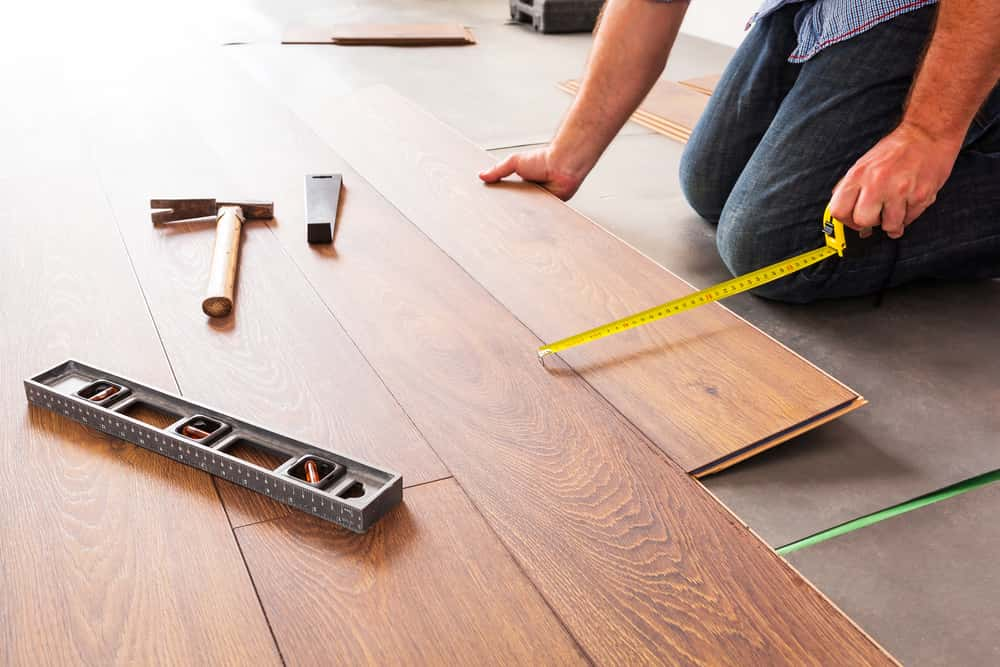 The installation process for laminate flooring is similar to that for hardwood floors. The first step in installing laminate flooring is removing any existing carpet or padding from the subfloor underneath your existing flooring. Next, you will want to sand the subfloor, so it is smooth before applying any primer or finish coatings to your new laminate flooring.
The installation process for laminate flooring is similar to that for hardwood floors. The first step in installing laminate flooring is removing any existing carpet or padding from the subfloor underneath your existing flooring. Next, you will want to sand the subfloor, so it is smooth before applying any primer or finish coatings to your new laminate flooring.
Once complete, you can begin installing your new laminate floors by laying down a layer of adhesive over the subfloor and following it with a layer of plywood strips or planks as your base layer. You should add another layer of glue, followed by a top layer of plywood strips or planks on top of this initial base layer.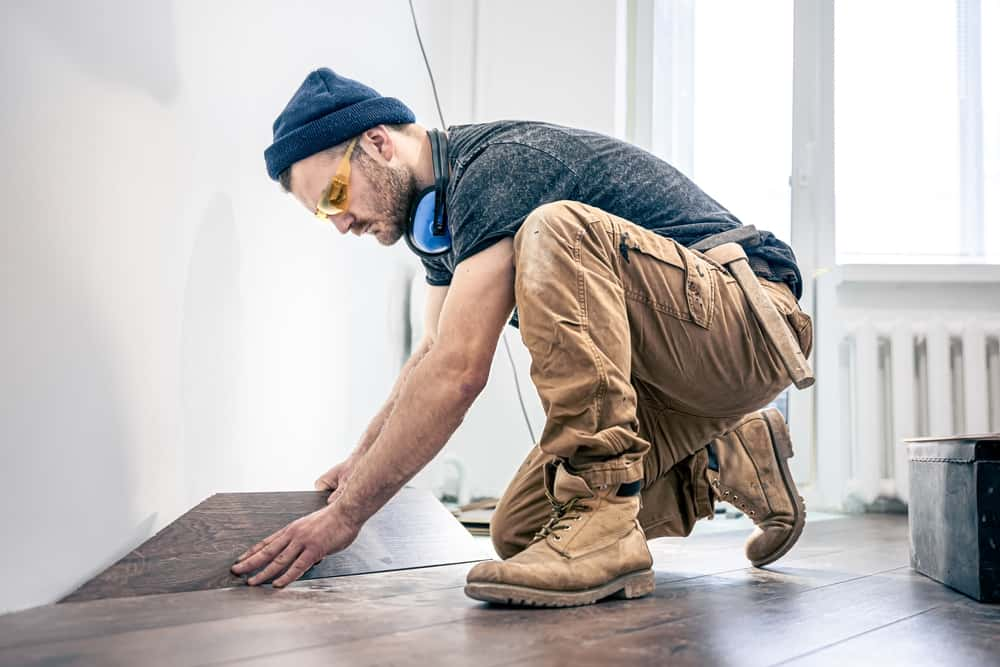 You can install laminate flooring in just about any room in your home, including kitchens, bathrooms and basements. If you have no experience installing floors, hiring an experienced contractor will ensure that your new laminate floor looks great when it’s finished.
You can install laminate flooring in just about any room in your home, including kitchens, bathrooms and basements. If you have no experience installing floors, hiring an experienced contractor will ensure that your new laminate floor looks great when it’s finished.
What is Laminate Wood?
Laminate wood flooring is made of multiple layers of wood veneer over a plywood base, with some layers being made of MDF or HDF. The top layer is usually a high-quality hardwood veneer laminated to the core.
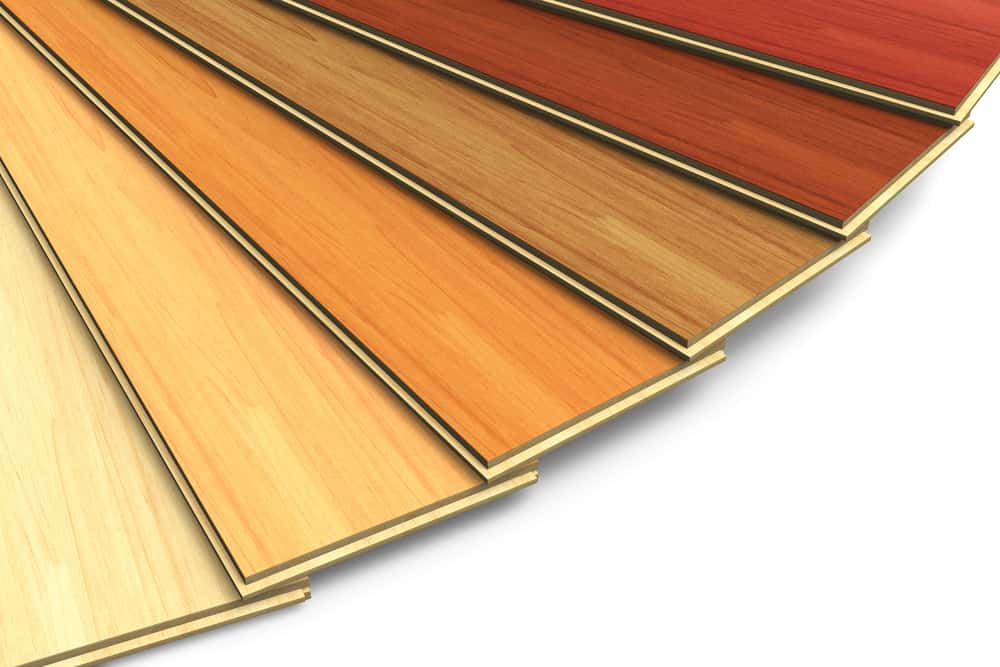 It is made by glueing thin sheets of actual lumber together and then pressing them under high heat and pressure until they become a solid piece of material. The result is a highly dense product that looks just like solid wood but has no disadvantages or shortcomings associated with natural hardwood floors.
It is made by glueing thin sheets of actual lumber together and then pressing them under high heat and pressure until they become a solid piece of material. The result is a highly dense product that looks just like solid wood but has no disadvantages or shortcomings associated with natural hardwood floors.
The main advantage of laminate wood over solid hardwood floors is price: Laminate floors tend to be less expensive than concrete hardwood floors while offering similar levels of quality and durability. This makes them ideal for areas like kitchens, bathrooms, basements and laundry rooms where moisture can cause problems with solid hardwood floors over time.
Benefits of Laminates
Laminate has many advantages over traditional hardwood floors. It’s inexpensive, easy to install, durable and available in many colours, styles and finishes. Laminate flooring also offers an environmentally friendly alternative to wood because it doesn’t require harvesting new trees or using harsh chemicals during manufacturing.
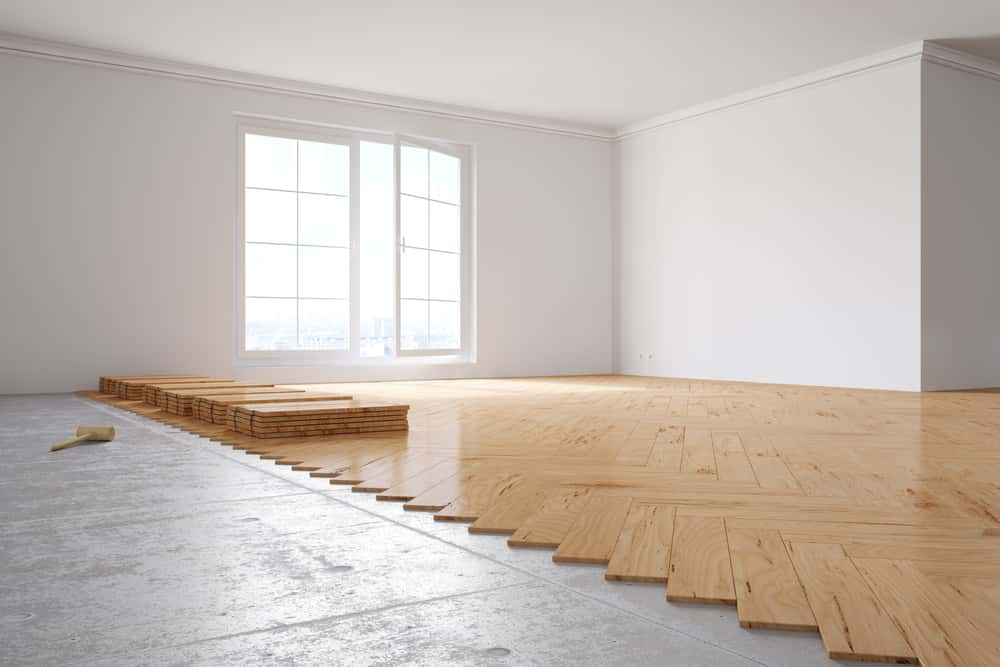 Laminate floors are popular because they are easy to clean and maintain. They also come in various styles and colours, so you can choose one that fits your needs perfectly. They are an excellent choice for homeowners who want to add warmth and beauty to their homes. Laminate is a versatile material that can be used in any house room. It’s easy to install, extremely durable and can last for years.
Laminate floors are popular because they are easy to clean and maintain. They also come in various styles and colours, so you can choose one that fits your needs perfectly. They are an excellent choice for homeowners who want to add warmth and beauty to their homes. Laminate is a versatile material that can be used in any house room. It’s easy to install, extremely durable and can last for years.
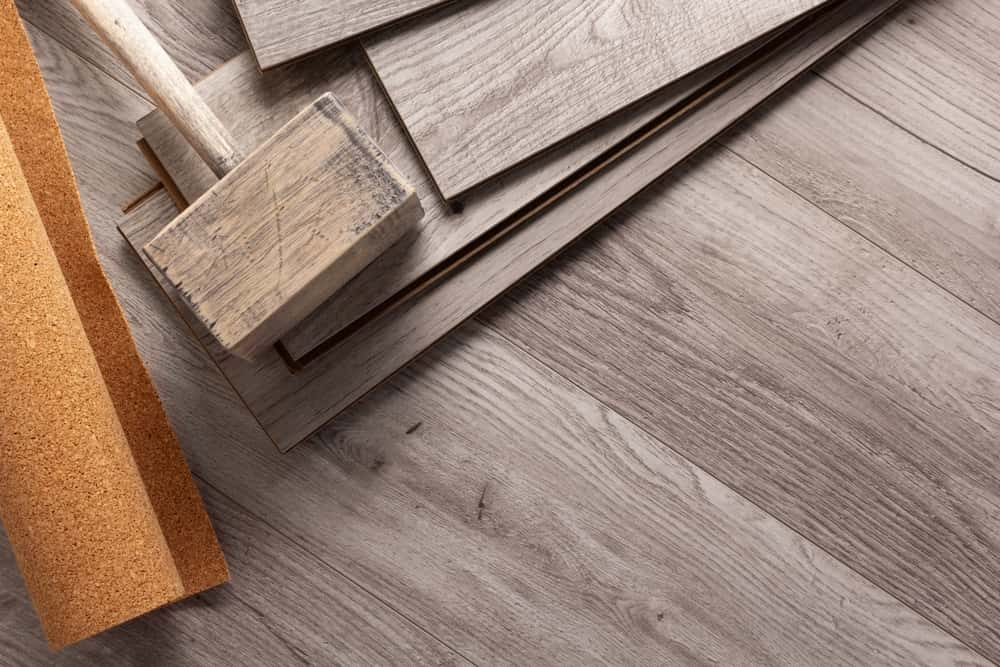 It is an excellent option if you’re looking for an affordable way to update your home’s appearance without spending thousands of dollars on new hardwood or tile flooring. It’s also an excellent choice if your house has poor insulation or moisture issues that might damage more expensive flooring materials such as hardwood or tile.
It is an excellent option if you’re looking for an affordable way to update your home’s appearance without spending thousands of dollars on new hardwood or tile flooring. It’s also an excellent choice if your house has poor insulation or moisture issues that might damage more expensive flooring materials such as hardwood or tile.
How Many Types of Laminates Are There?
There are several different types of laminate available today. Some have a thicker core than others, and some have more excellent resistance to moisture than others. These factors can affect your choice when choosing a laminate product for your home or office.
 The most common types include:
The most common types include:
- Laminate Core: This type has a core made from particleboard or plywood covered by melamine veneer. These floors are more affordable than other types but may not last as long due to their construction material.
- Veneer Core: This type has a solid core supporting the veneer. The veneer layer can be made from natural wood or plastic laminate, giving it more durability than a laminate core flooring system. Veneer core systems can last for many years with proper care and maintenance.
- Laminate Vinyl – Made from 100% vinyl, this laminate is durable and easy to maintain. It comes in many different colours and designs to match any style of home décor.
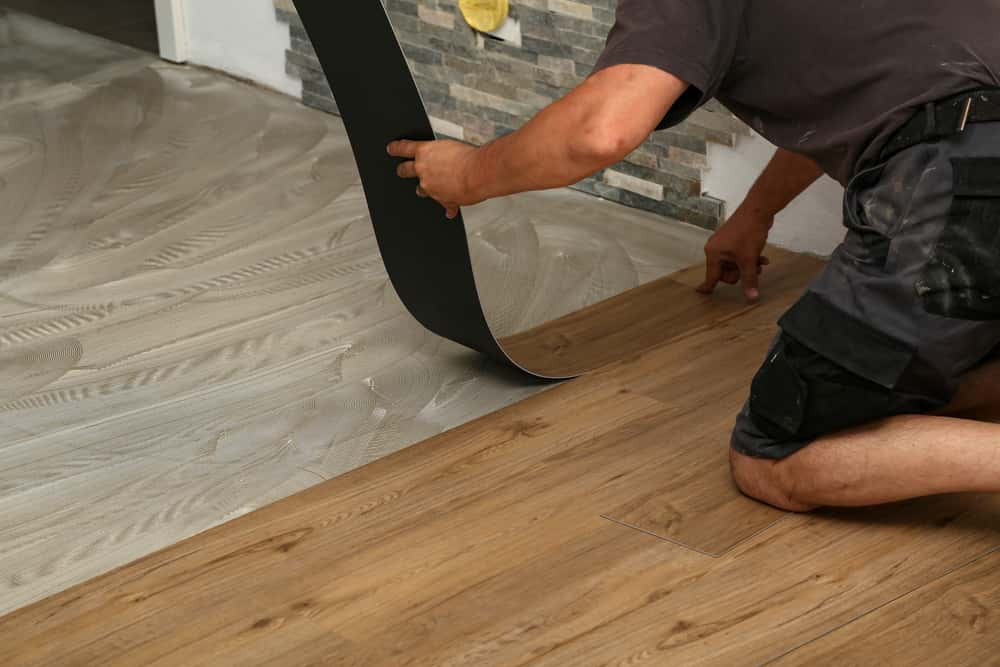
- Laminate Hardwood – Also known as floating floors, these types of a laminate look like natural hardwood but are much easier to maintain because they don’t have all the grooves and holes found in natural hardwood floors that need constant cleaning or staining!
- Floating Laminates: This type floats over the subflooring (the part beneath them) and doesn’t require any additional support from below. If you have underlayment installed under your floating laminate flooring, it will be easy to remove if you need access to your subflooring at some point in time.
- Fixed Laminates: They are attached directly to your subflooring using adhesive and nails, so they do not move around on top of it when walked on. Solid laminates have an interlocking tongue-and-groove system that locks each plank into place. This gives them more stability than floating laminates which snap together with locking tabs that interlock on both sides of the plank.
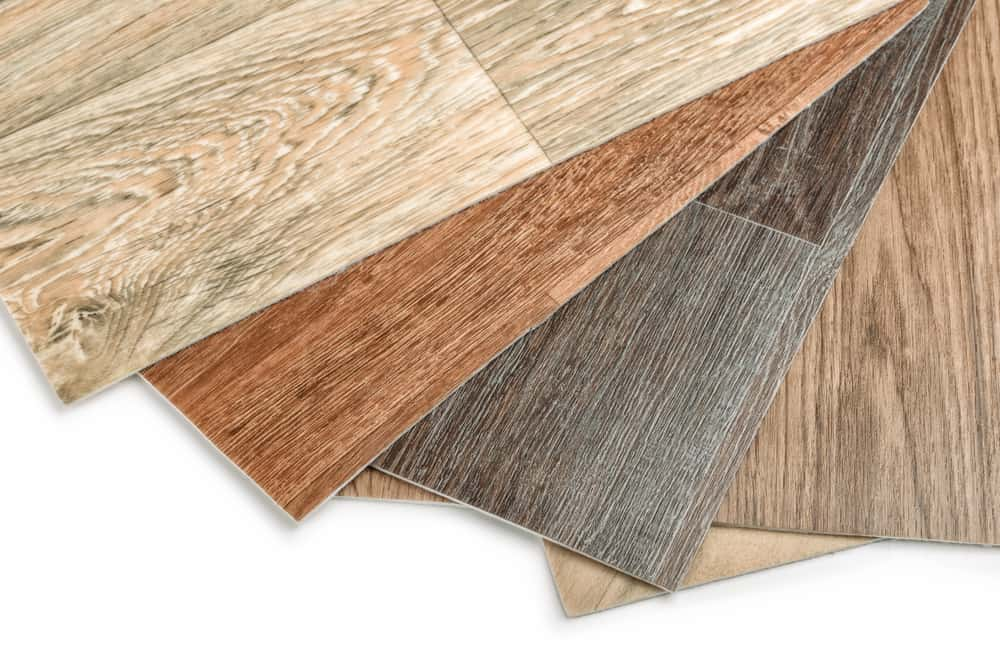
- Strand Woven Laminates: They have thick pieces of wood that are woven together into strands before being glued onto another material (usually wood). It consists of several layers of solid hardwood planks pressed together under high pressure and temperature to form a solid piece.
- Engineered laminate: This type has a uniform thickness throughout the entire product, so it can be installed without cutting or trimming. They also feature a high-pressure adhesive backing that helps them stick more easily to surfaces such as concrete floors and walls. Engineered laminate comes in many colours and finishes but has no actual surface pattern like natural wood.
- Plastic laminates provide durability at an affordable price point; however, they may not be as attractive as solid-surface materials (see below). Plastic laminates are also susceptible to scratches and dents if not handled carefully. Some plastic laminates contain recycled materials such as post-consumer waste (PCW), which reduces their environmental pressure.
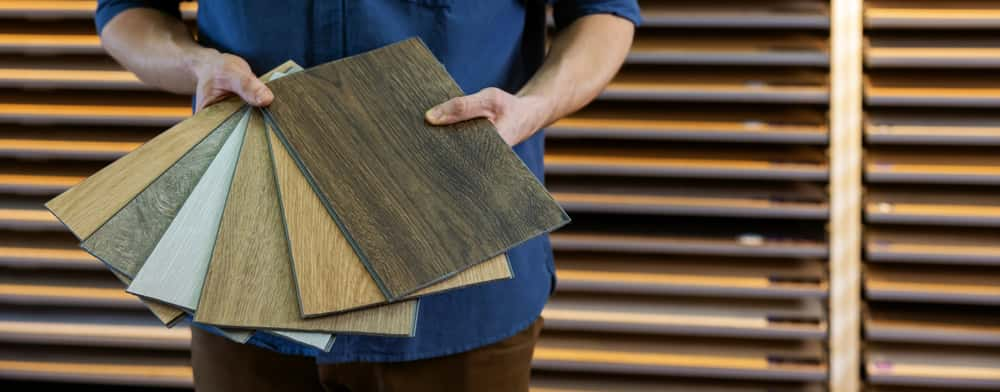
Which Type of Laminate is Best?
There are various types and styles of laminate flooring available today. They range from budget-friendly options with low-quality materials to premium products that perfectly resemble natural wood and mimic its texture and colouration.
If you’re shopping for laminate flooring, there are two basic types: multi-layer and floating. Multi-layer floors have an additional layer for sound reduction underneath the top layer (usually about 1/8 inch thick). This makes them quieter than floating floors since sound doesn’t travel through the entire surface layer at once.
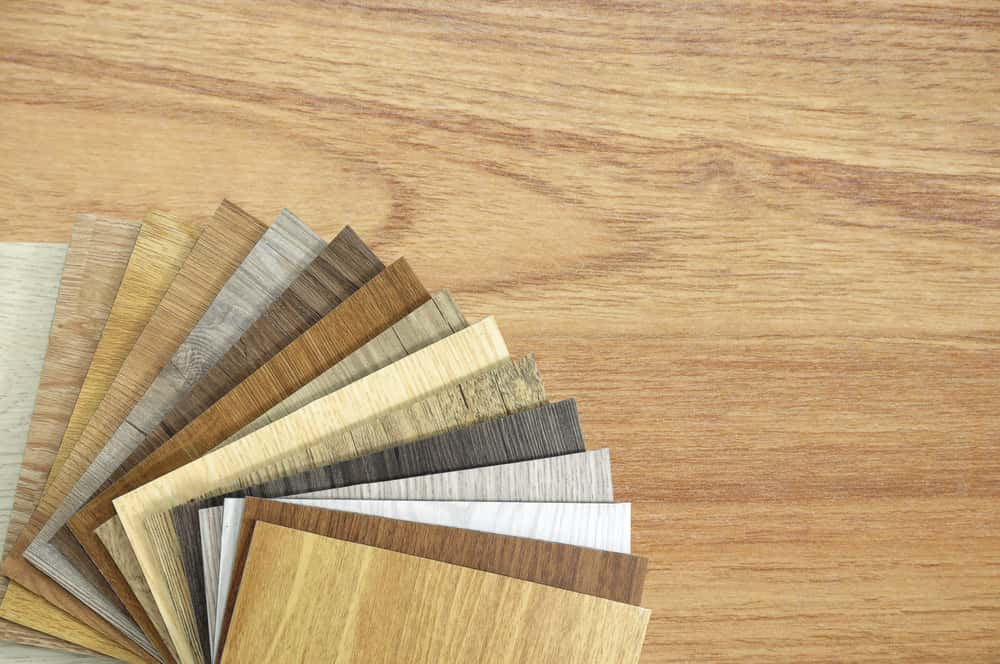
There are two types of laminate: decorative and structural. The cosmetic type is used for countertops, tables, cabinets, floors, walls and other surfaces where aesthetics are essential. Structural laminates are used in building construction as flooring, roofing and wall coverings. They’re also used in boat building to create strong hulls with low weight.
Laminates come in many finishes, including solid colours or patterns replicating natural wood grains like oak or cherry (see below). They can also be textured with brick or wood grain patterns that look like wicker furniture.
Maintenance of Laminates
Laminate floors require little maintenance beyond vacuuming. To keep them looking their best, wipe up spills promptly with clean water and dab with a soft cloth. You can also use a mild detergent solution to remove stains, then rinse the area thoroughly with water before drying it off and letting it air dry completely before recoating.
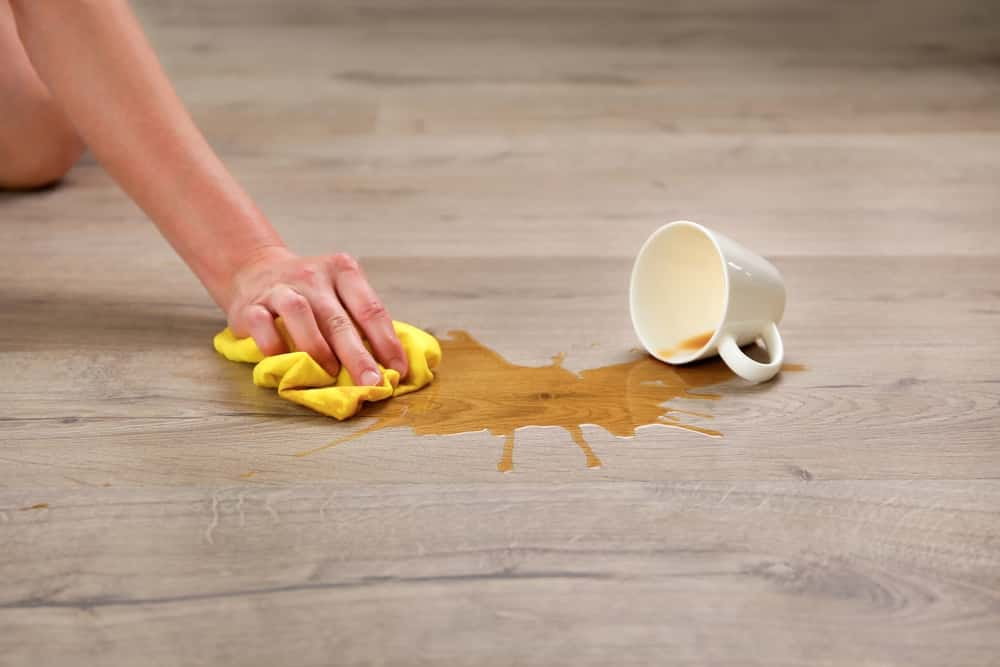 They are easy to maintain and do not require unique cleaning products or techniques. If the laminate surface becomes stained or dirty, clean it with a damp cloth and mild detergent solution (like dishwashing liquid).
They are easy to maintain and do not require unique cleaning products or techniques. If the laminate surface becomes stained or dirty, clean it with a damp cloth and mild detergent solution (like dishwashing liquid).
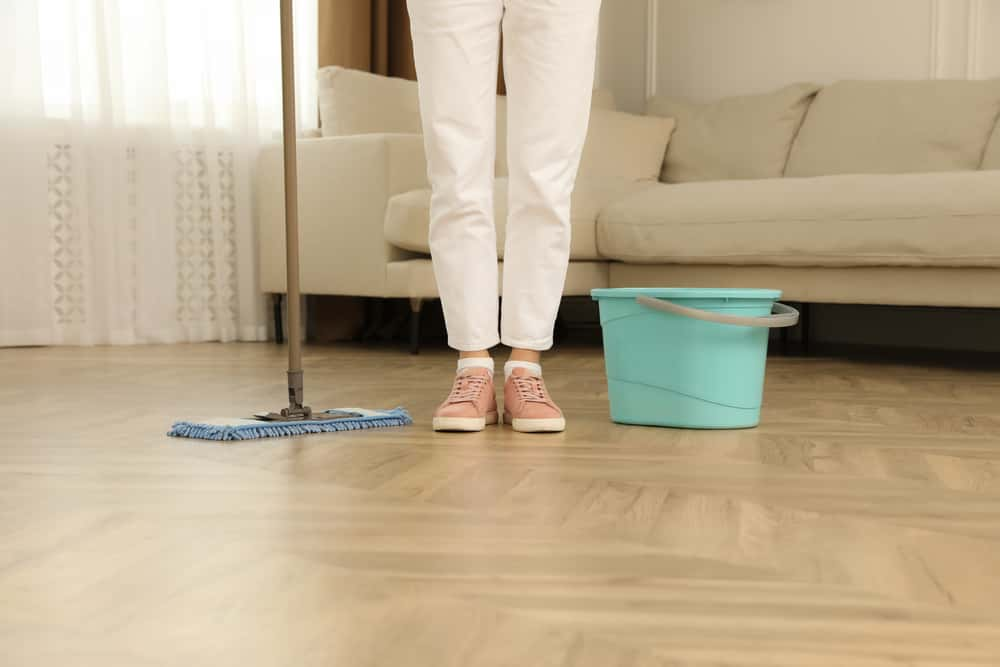
You shouldn’t use abrasive cleaners or brushes, though, because they can scratch the surface and damage the finish. If you have a stain on your laminate flooring, you can use rubbing alcohol or vinegar to remove it.
Applying wax or polish every six months (depending on your lifestyle) will help protect the finish from wear and tear caused by daily traffic patterns and other incidental contacts with smart space-saving furniture legs or shoes.
Wrapping Up
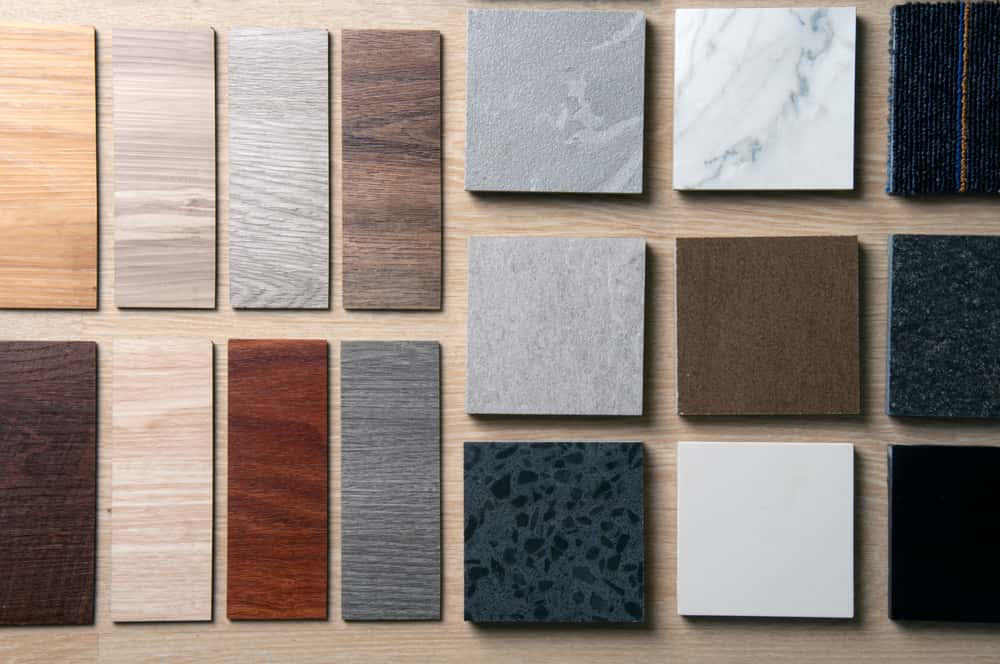
We hope this post has given you valuable insight into laminate finishes, types and maintenance. From a small business owner to a home DIYer, laminate is a versatile material providing many benefits and aesthetics.
HomeLane laminates come in some truly breathtaking colours and finishes that truly stand out in the market as one of the most desired materials for all applications. This shows us how it has become a desirable choice for various uses.
FAQs
1. What is a laminate material?
Laminate is made from several layers of material, including wood, plastic and paper. These layers are pressed together under high heat and pressure to create a new material that looks like real wood. Laminate comes in different finishes, such as oak, maple, walnut and hickory. The finish covers the face of each layer to create the look of natural wood.
2. Why is laminate used?
Laminate flooring has become increasingly popular over the past few years because it looks high-end but doesn’t cost as much as natural wood floors do. It’s also easy to maintain and can be installed quickly on almost any surface — even concrete!
They don’t need to be refinished as often as wood floors do. This makes them an excellent choice for busy homes with kids or pets since they’ll be easier to maintain than wood floors would be under those conditions.
3. What is a laminate sheet?
A laminate sheet is a composite material with multiple layers bonded together to provide strength and durability. It’s usually used in countertops, cabinets and other decorative surfaces because it resists moisture damage well.
It consists of three layers: an inner core layer made of particleboard or MDF (medium density fiberboard), a middle layer that includes the decorative pattern or design and an outer surface layer that protects both layers beneath it and makes the finished product smooth enough to touch comfortably.
4. How many types of laminate are there?
Laminate finishes can be gorgeous or plain, depending on your taste. Here are some common types of laminate:
- High-gloss laminates: These typically look like natural wood or stone but are easy to clean thanks to their smooth surfaces. They’re also easy to maintain because they don’t expand or contract like natural materials do when exposed to changes in temperature and humidity levels.
- Matte laminates: They have a slightly bumpy surface that hides fingerprints and reduces glare from overhead lighting. They’re also easy to clean and maintain because they don’t scratch easily compared with glossy finishes.
- Engineered – This type is made from multiple layers of wood, particleboard and other materials bonded together with urethane. This makes engineered floors extremely durable and stable. Engineered floors are available in various colours and styles to match home decor.
- Solid– It is also made from multiple layers of wood, particleboard and other materials bonded together with urethane. While solid laminate does not have as much stability as engineered floors, it offers more variation in style options than engineered floors because the top layer can be changed with various patterns and finishes to give it more personality.
5. Which type of laminate is best?
Laminate is a composite material made of layers of paper or plastic and other materials such as wood or stone. It’s durable and affordable, making it a popular choice for countertops, flooring, cabinets, furniture and more.
The most common type of laminate is made from paper and plastic; it’s often called “veneer” because it looks like a natural wood veneer. Some laminate is made from high-density fiberboard (HDF), commonly known as chipboard.

